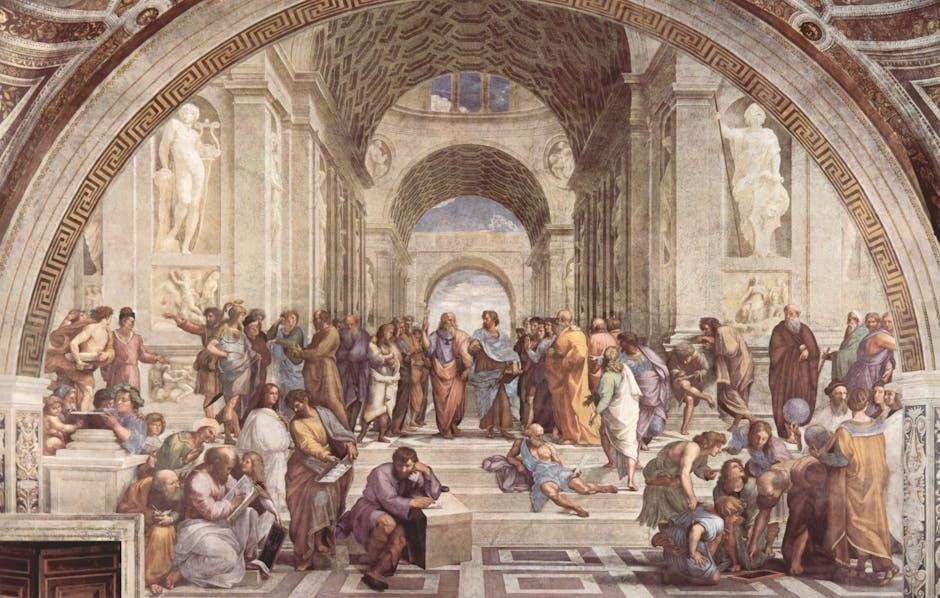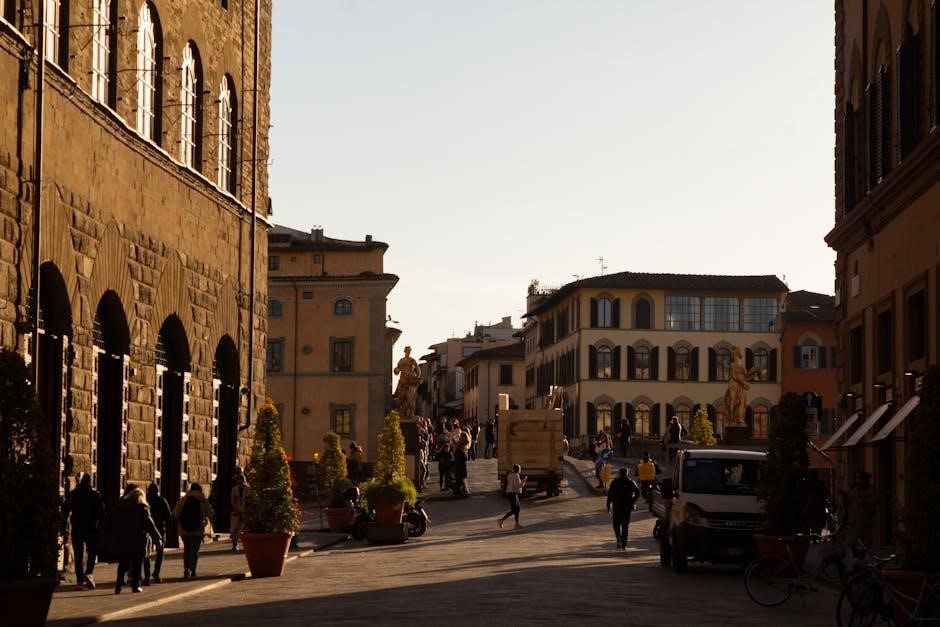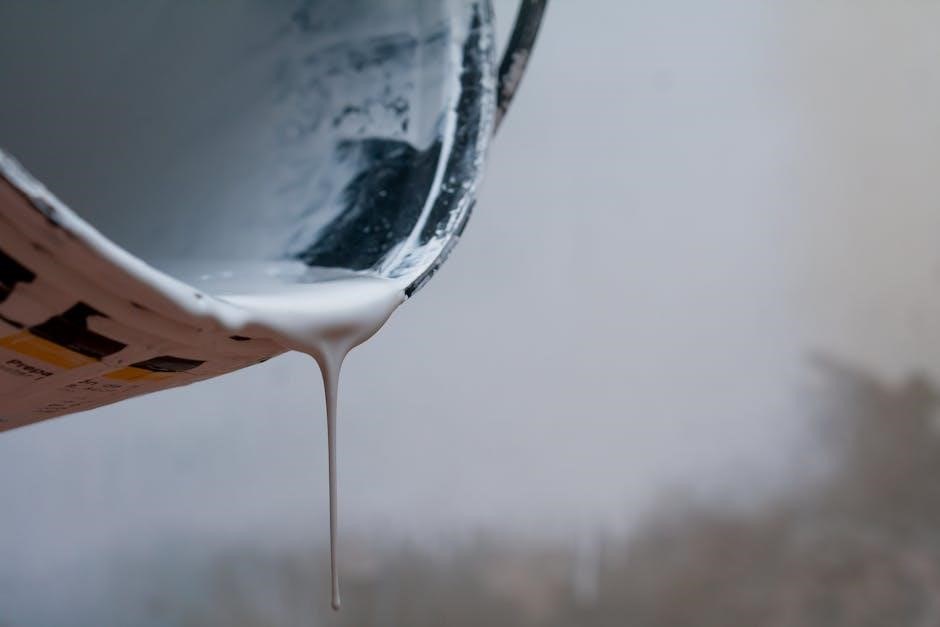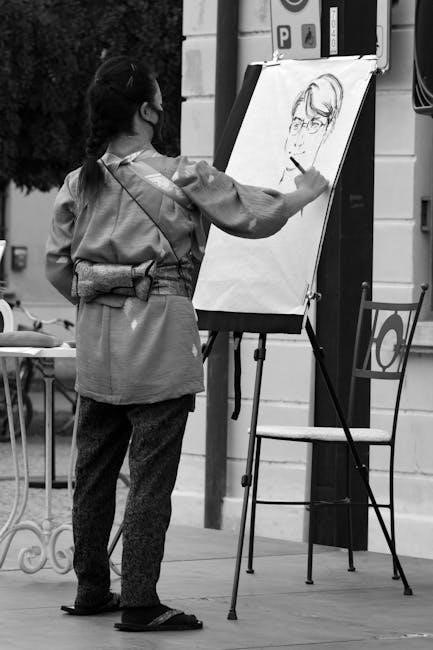
italian painter guido wsj crossword
Guido Reni: Italian Baroque Painter
Guido Reni, an eminent figure in the Italian Baroque movement, was born in Bologna in 1575. He stood out for his unique blending of classical idealism with Baroque sensibilities. His mastery left an enduring legacy on art.
Overview of Guido Reni
Guido Reni, born in Bologna in 1575, was a prominent Italian Baroque painter. He’s celebrated for his classical idealism, evident in both mythological and religious works. Reni initially trained under Denis Calvaert before joining the Carracci Academy, marking a shift towards naturalism. He spent significant time in Rome, creating notable works like the “Aurora” fresco.
His style, blending Baroque drama with classical elegance, influenced many, including Spanish painters like Murillo. Reni’s legacy endures through his exquisite compositions, delicate coloration, and graceful figures. He painted primarily religious works, as well as mythological and allegorical subjects.
He became the most celebrated living painter in Italy.

Early Life and Training
Born in Bologna in 1575, Guido Reni began his artistic journey early. First, he apprenticed with Denis Calvaert. Later, he embraced the Carracci’s progressive approach, shaping his distinctive style of Baroque classicism.
Apprenticeship with Denis Calvaert
Guido Reni’s artistic journey commenced with an apprenticeship under the Flemish mannerist painter, Denis Calvaert, around the age of ten. Calvaert, based in Bologna, provided Reni with foundational training in drawing, painting techniques, and the prevailing artistic conventions of the late 16th century. This early exposure instilled in Reni a solid technical base and an appreciation for the established artistic traditions.
However, as Reni’s ambitions grew, he sought a more progressive and innovative artistic environment. The limitations of Calvaert’s mannerist style prompted Reni to seek new influences and explore alternative approaches to painting. This pivotal decision marked a significant turning point in his artistic development, paving the way for his later association with the Carracci academy and the emergence of his unique Baroque classicism. This move allowed him to develop his own style.
Influence of the Carracci Academy
After his initial training with Denis Calvaert, Guido Reni sought a more progressive artistic environment and joined the Carracci Academy in Bologna. This academy, founded by the Carracci brothers (Annibale, Agostino, and Ludovico), was a hub of artistic innovation. It emphasized a return to classical principles, naturalism, and a more expressive style of painting.
The Carracci’s influence was transformative for Reni. He absorbed their focus on clear draughtsmanship, anatomical accuracy, and the study of live models. He learned to combine the best aspects of the Venetian and Roman traditions. This approach contrasted with the artificiality of mannerism. The Carracci also instilled in Reni a strong sense of composition and design. This prepared him for his later success as a leading figure in the Baroque movement.
Artistic Style and Technique
Guido Reni’s style masterfully combined classical idealism with Baroque elements. His technique involved delicate coloration and graceful composition. This earned him recognition as a defining figure in European painting.
Classical Idealism and Baroque Elements
Guido Reni, an Italian Baroque painter, masterfully blended classical idealism with Baroque elements. His works often showcased a classical manner, reminiscent of artists like Simon Vouet and Nicolas Poussin. Reni’s art reflected a fusion of elegance, beauty, and grace. He was renowned for his ability to capture ethereal qualities in his paintings. His style incorporated the idealized forms of classical art, emphasizing harmony, balance, and serene beauty.
However, he integrated Baroque dynamism, emotional intensity, and dramatic composition. This synthesis resulted in a unique artistic expression. It appealed to both classical sensibilities and Baroque aesthetics. His paintings often depicted religious, mythological, and allegorical subjects. They reflected his artistic vision of combining these two distinct styles. Reni’s innovative approach solidified his place as a prominent figure. He significantly impacted the development of Baroque painting.
Use of Color and Composition
Guido Reni, a prominent Italian Baroque painter, was known for his exceptional use of color and composition. His artistic approach involved a high-keyed palette. It created an otherworldly space in his paintings. Reni employed delicate coloration techniques to enhance the emotional impact of his works. His compositions were characterized by elegance, balance, and harmony. He skillfully arranged figures and objects to guide the viewer’s eye.
Reni’s use of color often emphasized ethereal qualities and gentle, decorative forms. This contributed to his distinct style of Baroque classicism. He was celebrated for the beauty and grace of his figures. Reni’s mastery of composition created a sense of visual rhythm. It enhanced the overall aesthetic appeal of his paintings. His innovative use of color and composition played a crucial role. It cemented his reputation as a leading figure in the Baroque period.

Major Works in Rome
While in Rome, Guido Reni created some of his best-known works, including the ceiling fresco “Aurora” at the Casino Rospigliosi. These paintings displayed his classical idealism and Baroque style, earning him acclaim.
Ceiling Fresco Aurora (Casino Rospigliosi)
Guido Reni’s ceiling fresco, “Aurora,” located in Rome’s Casino Rospigliosi, stands as one of his most celebrated works. Painted before 1614 for Cardinal Scipione Borghese, this masterpiece showcases Aurora, the Roman goddess of dawn, leading Apollo’s chariot. The fresco is a prime example of Reni’s classical idealism combined with Baroque elements.
The elegant composition and graceful figures demonstrate his mastery of form and color. Reni’s ability to create a dynamic and visually stunning scene is evident in this work. It solidified his reputation as a leading painter in Italy. The fresco’s influence can be seen in subsequent Baroque art.

Influence and Legacy
Guido Reni’s influence extended far beyond his lifetime, impacting generations of artists. His classical idealism and elegant compositions left a lasting mark on Baroque painting, particularly among Spanish painters, such as Bartolomé Estebán Murillo.
Impact on Spanish Painters like Murillo
Guido Reni’s ethereal and idealized style profoundly influenced Spanish painters, most notably Bartolomé Estebán Murillo. Reni’s “Immaculate Conception,” originally commissioned for the Infanta of Spain and later displayed in Seville Cathedral, served as a direct source of inspiration for Murillo’s numerous renditions of the subject.
Murillo adopted Reni’s graceful figures, delicate coloration, and emphasis on emotional expression, adapting them to his own distinct Spanish Baroque style. Reni’s influence extended to other Spanish artists, shaping the development of religious painting in Spain during the 17th century, solidifying Reni’s legacy as an international artistic force.
His impact highlights the interconnectedness of European art during the Baroque period.

Religious and Mythological Subjects
Guido Reni’s artistic repertoire encompassed a wide array of religious and mythological themes, showcasing his versatility and mastery of both genres. In his religious works, Reni depicted biblical scenes and figures with a characteristic blend of piety and ideal beauty. His paintings often featured graceful Madonnas, serene saints, and dramatic depictions of Christ’s Passion, all rendered with meticulous attention to detail and emotional depth.
In the realm of mythology, Reni drew inspiration from classical literature and legends, creating visually captivating portrayals of gods, goddesses, and heroic figures. He infused these mythological subjects with a sense of elegance and drama, showcasing his ability to bring ancient stories to life through his art.
Reni’s ability to seamlessly blend religious devotion with classical ideals solidified his reputation.
Guido Reni and Crossword Puzzles
The name of the Italian Baroque painter Guido Reni frequently appears as an answer to the crossword clue “Italian painter Guido;” The answer, “Reni,” fits the four-letter requirement, making him a crossword staple.
‘Italian Painter Guido’ Crossword Clue Answer: Reni
When tackling crossword puzzles, enthusiasts often encounter the clue “Italian painter Guido.” The concise and accurate answer to this clue is “Reni.” This highlights the enduring recognition of Guido Reni, a prominent figure in the Baroque art world, even in modern popular culture. His name, fitting neatly into a four-letter space, makes him a go-to solution for crossword constructors.
Reni’s fame ensures his presence not only in art history books but also in the realm of word games. This shows how deeply integrated his legacy is within various aspects of culture. For puzzle solvers, remembering “Reni” as an Italian painter provides a quick and reliable answer. Therefore adding to the satisfaction of completing the crossword.
Other Italian Painters Named Guido
While Guido Reni is the most famous, other Italian painters share the name Guido. These include Guido Odierna, known for landscapes, and Guido Cagnacci, a Baroque artist, each contributing uniquely to art history.
Guido Odierna: Landscapes and Seascapes
Guido Odierna, an Italian painter born in Capri in 1913 and died in 1991, distinguished himself through his captivating landscapes and seascapes. His artistic focus centered primarily on capturing the dramatic beauty of Capri, Rome, and Venice.
Odierna’s paintings often portray coastal scenes, still lifes, and botanical subjects, revealing his versatility and keen eye for detail. His artworks evoke a sense of serenity and wonder, reflecting the unique charm of the Italian landscape. Many were oil on canvas.
His mastery in depicting light and atmosphere earned him recognition as a skilled landscape artist. Today, his works are appreciated for their artistic merit and evocative portrayal of Italy’s scenic beauty.
Guido Cagnacci: Baroque Painter
Guido Cagnacci, an Italian Baroque painter, was born in Santarcangelo di Romagna on January 13, 1601, and passed away in 1663. Cagnacci’s artistic journey showcases a remarkable evolution, with his mature works characterized by the skillful use of chiaroscuro and sensual themes. His distinct style and innovative techniques contributed significantly to the Baroque movement.
Cagnacci’s paintings explore the interplay of light and shadow, creating dramatic and emotionally charged compositions. His adeptness in capturing human form and expression made him a sought-after artist during his time. Today, Cagnacci’s works are celebrated for their artistic brilliance and contribution to Baroque art.
His pieces often provoke introspection, and he left an indelible mark on Italian art.
Collections Featuring Guido Reni’s Work
Guido Reni’s masterpieces can be found in prestigious collections worldwide. These include The Metropolitan Museum of Art and the J. Paul Getty Museum. These institutions preserve and exhibit his significant contributions to Baroque art.
The Metropolitan Museum of Art
The Metropolitan Museum of Art proudly showcases several significant works by Guido Reni, an iconic Italian Baroque painter. The museum’s European Paintings collection features Reni’s “The Immaculate Conception,” commissioned around 1627. Reni, celebrated as Italy’s most famous living painter during his lifetime, was revered for his compositions’ elegance and the beauty of his subjects’ faces, earning him the title “Divine.”
This altarpiece, with its ethereal setting shaped by clouds and putti in a bright palette, profoundly impacted Spanish painters, notably Bartolomé Estebán Murillo. The painting symbolizes the universality of the Catholic Church and served to convert populations across Spain’s global empire. The Met provides unparalleled resources for students and scholars.
The J. Paul Getty Museum
The J. Paul Getty Museum in Los Angeles holds works by Guido Reni, a celebrated Italian painter and draughtsman of the seventeenth century. Reni was known for his refined interpretations of both religious and mythological scenes. His art blended ideal beauty, delicate colors, and graceful compositions.
The Getty highlights Reni’s impact on Baroque art. His distinctive style influenced numerous artists. The museum provides an opportunity to appreciate Reni’s technical skill and artistic vision. Visitors can explore his contributions to art history. The J. Paul Getty Museum features collections of paintings, drawings, sculptures, illuminated manuscripts, decorative arts, and photography. It’s a great place to enjoy art.


Leave a Reply
You must be logged in to post a comment.